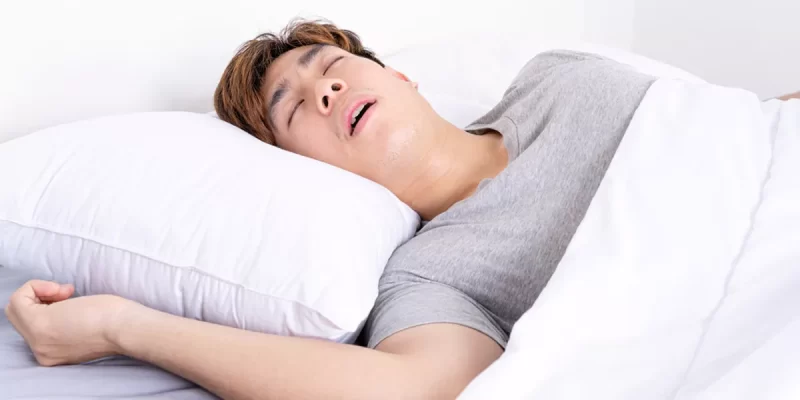In today’s fast-paced world, sleep disorders have become increasingly common, affecting people of all ages, including children. One such sleep disorder that often goes undiagnosed in children is sleep apnea. In this comprehensive guide, we will explore the signs, symptoms, and treatment options for children with sleep apnea.
Understanding Sleep Apnea
What is Sleep Apnea?
Sleep apnea is a sleep disorder characterized by interrupted breathing during sleep. It can affect people of all ages, including children. There are two primary types of sleep apnea: obstructive sleep apnea (OSA) and central sleep apnea. OSA is the most common type and occurs when the airway becomes partially or completely blocked during sleep.
Identifying Sleep Apnea in Children
Recognizing the signs of sleep apnea in children is crucial for early intervention and treatment. Here are some common signs to look out for:
1. Snoring
Loud and persistent snoring is often a telltale sign of sleep apnea in children. It occurs due to the restricted airflow caused by a partially blocked airway.
2. Pauses in Breathing
Parents may notice that their child experiences pauses in breathing during sleep. These pauses can last for several seconds and may be accompanied by choking or gasping for air.
3. Restless Sleep
Children with sleep apnea often experience restless and disrupted sleep. They may toss and turn frequently throughout the night.
4. Daytime Fatigue
Due to disrupted sleep patterns, children with sleep apnea may exhibit excessive daytime fatigue and drowsiness. This can impact their overall mood and performance in school.
Seeking Treatment for Sleep Apnea
If you suspect that your child may have sleep apnea, it’s essential to seek professional medical advice. A sleep specialist can diagnose the condition through a sleep study, which monitors the child’s sleep patterns and breathing.
5. Lifestyle Modifications
In some cases, making lifestyle changes can help alleviate sleep apnea symptoms in children. These changes may include weight management, dietary adjustments, and maintaining a consistent sleep schedule.
6. CPAP Therapy
Continuous Positive Airway Pressure (CPAP) therapy is a common treatment for children with sleep apnea. It involves wearing a mask connected to a machine that delivers a continuous stream of air, keeping the airway open during sleep.
7. Orthodontic Treatment
Orthodontic treatments, such as Invisalign Snoring Consultation, can be beneficial for children with sleep apnea, especially when the condition is related to dental or jaw issues.
Conclusion
Sleep apnea in children is a serious condition that requires early identification and intervention. By recognizing the signs and seeking appropriate treatment, parents can help their children enjoy restful and rejuvenating sleep, ultimately improving their overall health and well-being.



